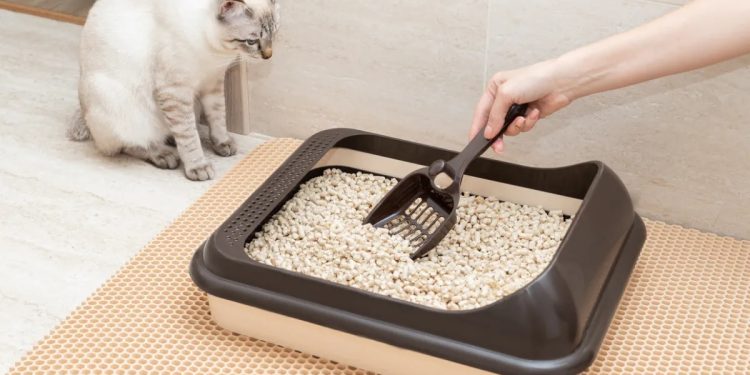Most cats naturally gravitate towards using a litter box, but there are times when you need to give your cat a little extra guidance. Whether you’ve just adopted a new kitten or you’re introducing an adult cat to its first litter box with top entry, training your cat how to use the litter box is both important and achievable.
Here’s our step-by-step guide for teaching your cat good bathroom habits.
Choose the Right Litter Box
When it comes to selecting the right litter box for your cat, size matters. The general rule of thumb is that the litter box should be 1½ times as long as your cat from nose to tail and one foot wide at minimum. If you have multiple cats, then opt for larger boxes or get one extra per additional cat in your household. It’s also important to choose a box with low sides so that it’s easy for your cat to get in and out of it with ease.
Select the Right Litter
When picking out kitty litter, it’s best to go with an unscented option that won’t bother sensitive noses (yours or theirs!). Clay-based litters tend to be more absorbent and better at controlling odours than non-clumping varieties, which means less frequent trips to the store for fresh litter. Avoid using any type of scented litters because they can irritate sensitive noses and even discourage cats from using their boxes altogether.
Placement Matters!
You should place the litter box in an area that is easily accessible for your cat but also away from their food bowl or bedding area. Cats prefer privacy when they do their business, so make sure the area around the box provides enough coverage so that other pets or people won’t disturb them while they are in use.
Establish Routine Cleaning Habits
Cats are extremely clean animals who prefer their bathrooms spotless – especially if they’re already used to being kept in a tidy home! To keep up with the demands of regular cleaning, empty out soiled litter every few days and deep clean the entire box weekly by removing all contents (including liner if applicable) and scrubbing down the interior with warm water and baking soda or white vinegar before refilling with fresh litter. Also, make sure you never move or replace your cat’s box without providing them with an alternative place while you do so – otherwise they may develop poor bathroom habits while they wait!
Encourage Good Habits
Praise your cat whenever they use their litter box properly, as this will encourage positive behaviours moving forward. You can also reward them with treats or toys after successful trips to the bathroom, which will help reinforce good behaviour over time.
Properly training your cat how to use a litter box will help ensure that they always have somewhere safe and secure where they can relieve themselves without making messes throughout your home
The key is patience — cats can take some time getting used to new routines — but once they understand what you want them to do and where you want them to do it, potty training should become second nature in no time at all. Good luck!











